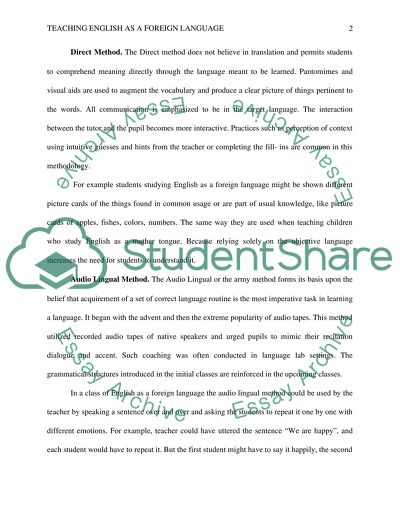Cite this document
(“Teaching English as a Foreign language Assignment”, n.d.)
Retrieved from https://studentshare.org/english/1622683-teaching-english-as-a-foreign-language
Retrieved from https://studentshare.org/english/1622683-teaching-english-as-a-foreign-language
(Teaching English As a Foreign Language Assignment)
https://studentshare.org/english/1622683-teaching-english-as-a-foreign-language.
https://studentshare.org/english/1622683-teaching-english-as-a-foreign-language.
“Teaching English As a Foreign Language Assignment”, n.d. https://studentshare.org/english/1622683-teaching-english-as-a-foreign-language.


